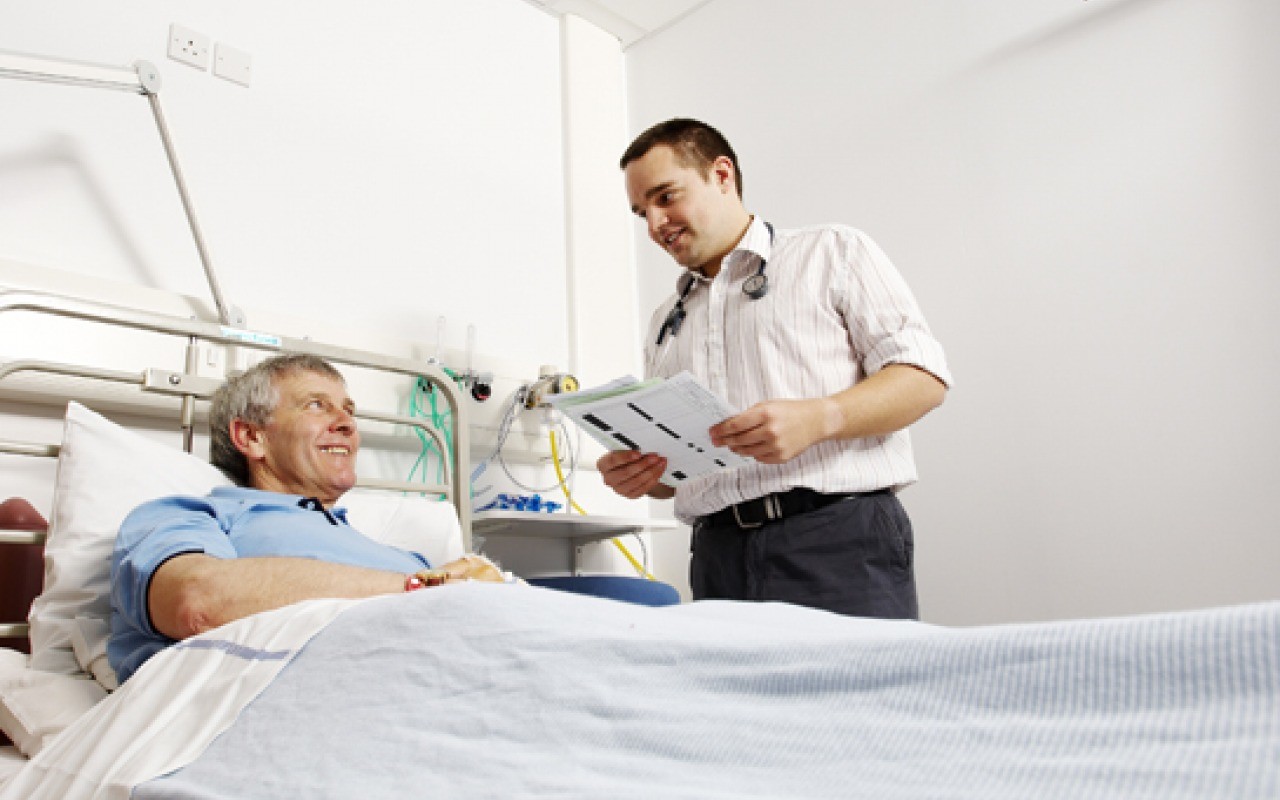Find Your CNA Classes HERE
Mobility or ambulation is vital for an individual in order to maintain the body’s function and do the activities of daily living (ADL). We are able to move our body and walk because of the functioning of our musculature and skeletal system.
Without the proper functioning of these two systems, we cannot move and become immobile. Immobility affects also the well-being of the individual, making the person at risk for alterations and complications. Inside these two systems is the circulatory system which provides the necessary requirements for the body to function normally.
A resident that is unable to move can be greatly affected both mentally and emotionally. They may show signs of frustration, depression, hopelessness and isolation. They experience a drop in self- esteem and may avoid interaction with others.
Physically, they may show signs of deformities and poor body image. It is our role as nursing assistants to maintain the condition of the muscles and its function by performing range of motion exercises also known as ROM.
Range of motion exercises are workouts that maintain the function of the limbs, joints and muscles preventing them from total loss of function, muscle atrophy and problems in circulation. These exercises depend on the status of the resident’s condition whether they will be able to perform with or without assistance.
ROM exercises are commonly used by physical therapist that performs range of motion exercises to patients who are in the state of rehabilitating their body parts.
The use of assistive devices such as a mechanical lift should be used if available in order to safely lift the residents. If an immobile resident is to be transferred to another bed, make sure that positioning devices and proper alignment of resident’s body parts is done before the transfer in order to prevent the resident from being injured.
It is important to review body positioning, as well as the proper usage of lifts and other devices, body mechanics and also range of motion exercises for the safety, security and also maintain the function of the resident’s body. The correct application of these steps helps not only our residents in preventing accidents, but also avoids getting injuries ourselves.

